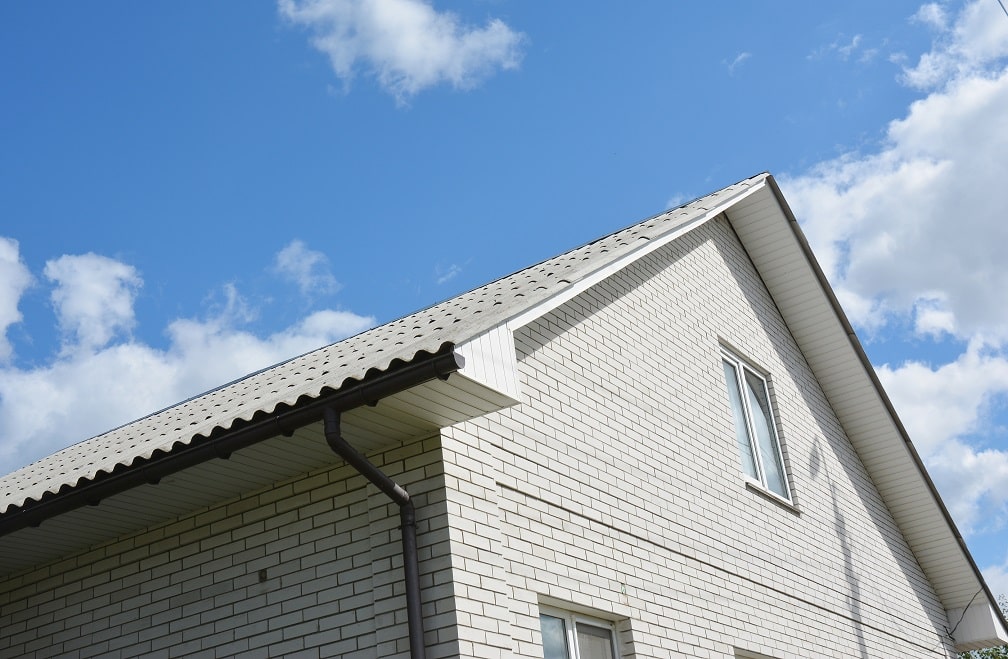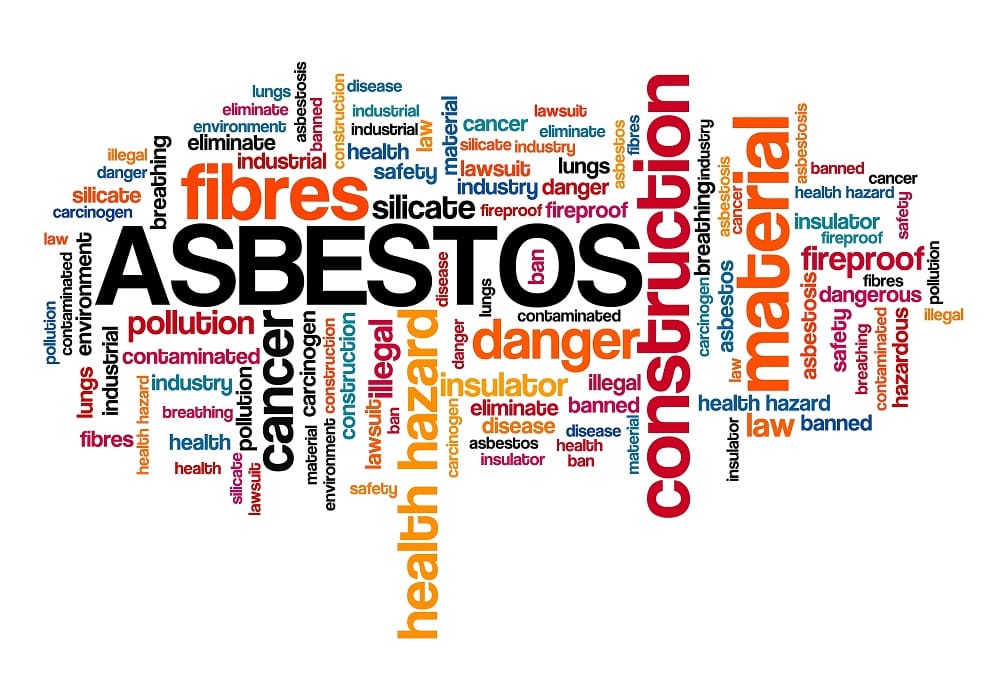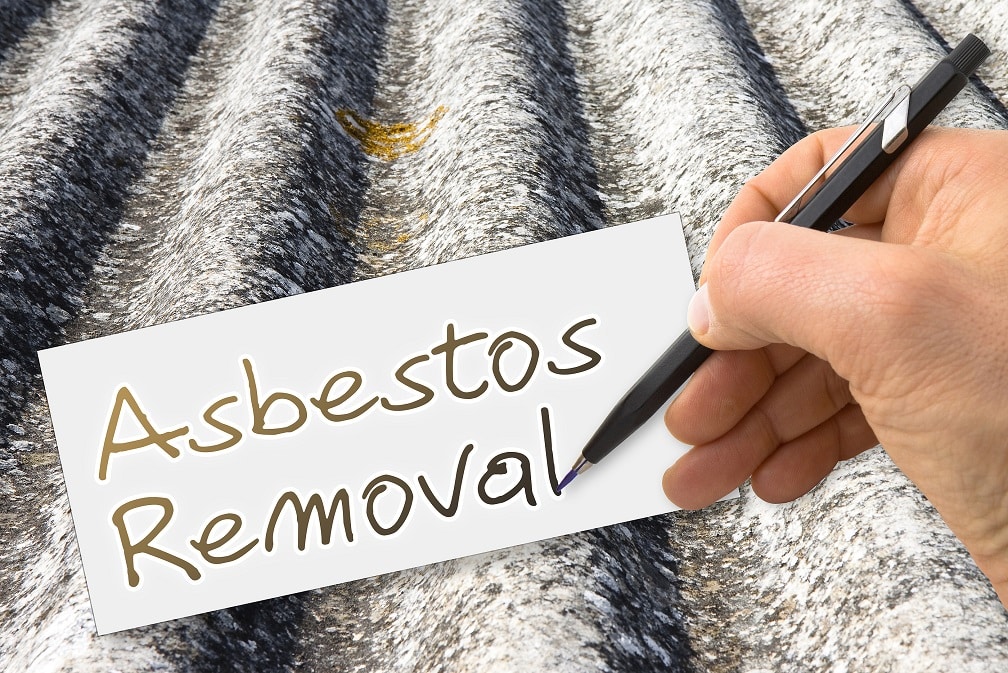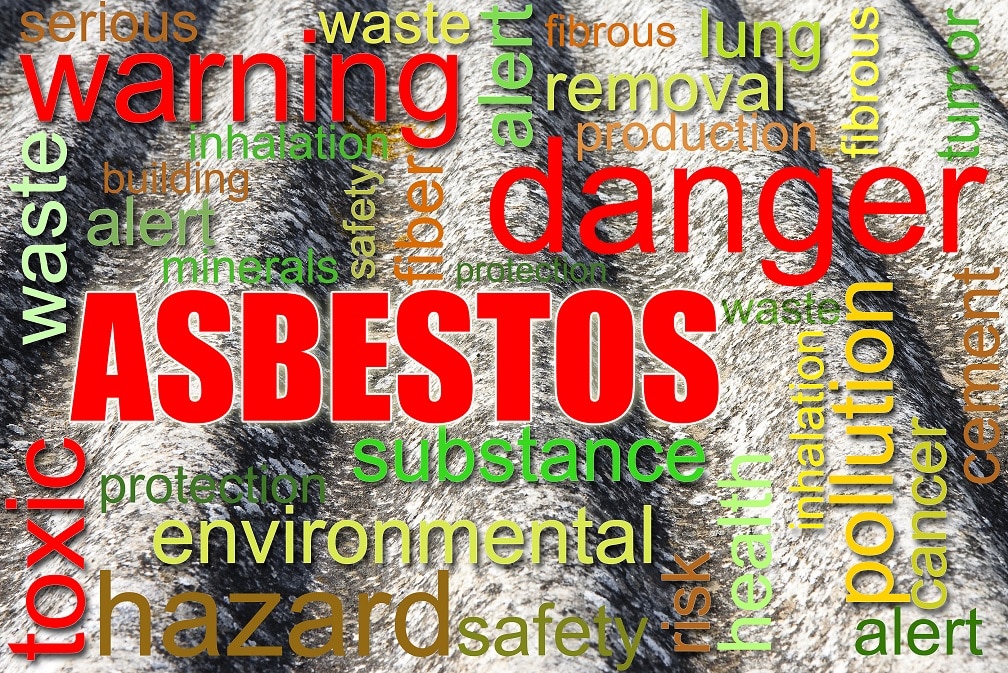A new homeowner needs to see several inspection reports before they agree to part with their money for your property. Similarly, it would help if you were sure that living in the house is safe for you and your family. Home inspectors have a large checklist they cover as they go through any property.
Home inspectors go over every part of a property from water and mold damage to the foundation and electrical components. While many are minor issues (a faulty switch or leaky toilet seal), a few can be significant. The home inspection team should pore over every square inch of your house, from the built-in microwave to the electric garage door. Improper electrical wiring, inefficient heating, and poor insulation can be costly in the long-run.
One of the most critical home inspections is asbestos testing. The test is done to check whether asbestos materials were was used in the house construction. A highly-effective fire-retardant material and thermal insulator, asbestos was widely used in home construction up to the 1970s.
Nearly indestructible and fireproof, asbestos was used for decades until its impact on human health, including several cancers, was exposed. Sadly, despite the well-documented health risks, asbestos is not only being used in some countries but remains in many homes constructed before the 80’s even in the United States
What Areas are covered by a Home Inspection?
When considering purchasing a home constructed before 1980, a key concern is the possibility that asbestos was used. However, don’t take it for granted that a home inspector will be able to inform you about everything you need to know regarding the house. Most home inspectors are very cautious and may avoid liability for inspection issues outside their respective areas of expertise. Therefore, there are certain areas they may be cautious to “sign off”.
One such tricky area is asbestos inspection. If the home were built before 1975, it would need an asbestos inspection. The toxic material can be present on water heaters, insulation around ducting, and pipes. Such asbestos should only be accessed and removed by an asbestos specialist, and you may need to ask the house seller to foot that component of the inspection bill.
When is an Asbestos Inspection Necessary?
Prolonged exposure to asbestos leads to lung disease. When asbestos is disturbed, tiny abrasive asbestos fibers can easily get inhaled. The inhaled fibers can damage lung tissue and cause cancer. In houses built before 1975, you are likely to find asbestos used in thermal insulation on pipes and basement boilers.
Unfortunately, asbestos can also be found in many other household materials, which amplifies the importance of asbestos testing. The presence of this toxic stuff in your home should be identified.
Home inspections in the US are not required to test for asbestos. However, a professional home inspector will usually notify you if your home contains materials that commonly include asbestos.
Suppose the inspection reveals that asbestos materials may be present in your home? That is not necessarily a cause for alarm. Undamaged or left undisturbed, asbestos doesn’t pose a health risk. Such scenarios are fairly common in the United States, and there are ways of handling them before you make the purchase or decide to renovate.
Asbestos Testing and Removal
By simply looking at it, you generally can’t tell whether a material within the house contains asbestos unless it’s labeled. Whenever in doubt, treat the suspect material as if it contains asbestos and don’t disturb it. It may be prudent to have your entire home inspected by accredited and trained asbestos professionals for asbestos-containing materials.
Asbestos testing is usually done by a local asbestos abatement company and is recommended if you are planning to do any repairs or remodeling. Such activities can disturb materials that could be containing asbestos. Asbestos removal must be done properly if you are to eliminate the threat of exposure.
If asbestos is found in your home, removal is not complicated because so many older homes in the US used building materials that contain the material. In some cases, it may not even necessitate removal but sealing. For example, the sealing can be sealed by painting, but such work should be left to asbestos professionals.
Role of Asbestos Professionals
There are generally two main categories of accredited asbestos professionals that you can hire to take care of asbestos-containing material in your property.
- Asbestos Inspectors: These can inspect a structure, assess the conditions, and take sample materials for testing. They can then advise you about what corrective actions are required. If removal or repair is chosen, the asbestos inspectors ensure the corrective-action contractor follows proper procedures and protocols, including proper cleanup. They may want to monitor the air towards ensuring there is no increase of asbestos fibers.
- Asbestos Contractors: These asbestos professionals repair or remove materials that contain asbestos.
Do-It-Yourself asbestos removal in America is limited to residential property. For commercial properties, only a certified abatement professional is allowed to do the work. For safety, as a homeowner, you should ensure that the people you hire to handle asbestos testing and removal are trained and fully accredited.
If your property has access points, have the asbestos inspector look for signs of it presence near pipes, in the attic insulation, and the kitchen/bathrooms.
Bottom-Line
If asbestos material is damaged or you intend to make renovations in the home that might disturb it, a professional asbestos repair or removal personnel is needed. Some asbestos firms offer combined services that include testing, assessment, correction, and removal. Trained asbestos removal professionals will safely and quickly dispose of asbestos materials in your home, ensuring it’s safe for continued occupation.
Given the health risks associated with asbestos, homeowners should not attempt DIY removal, although they can use asbestos testing kits to assess the building’s condition. Some states also have or insist on training and asbestos certification courses. Before engaging them, ask to see their documentation and certifications. State and local health departments or EPA regional offices and state/local health departments may have local licensed professionals’ listings.





